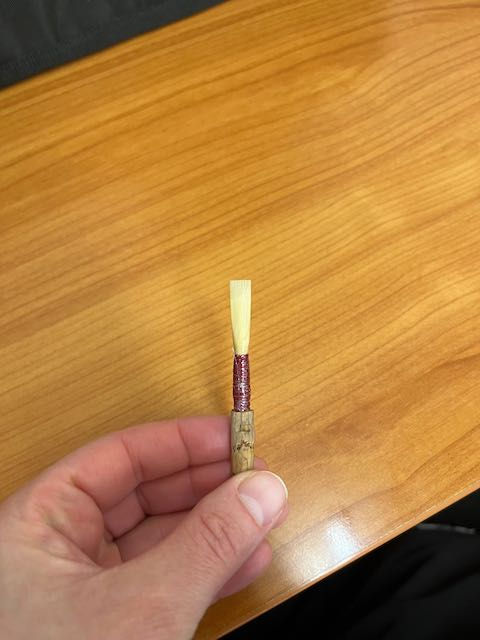Oboe Third Octave notes
- agessneroboe
- Jan 23
- 2 min read
Let’s start by defining the range of the third octave on the oboe. I consider C#6 to be the first third octave note, and the highest third octave note for most hobbyists will be F6, but I’ve played up to Ab6 in context of orchestra pieces as a freelancer.

Fingerings
The third octave notes on the oboe do NOT follow the octave key convention of lower notes - the fingerings are NOT related to the lower octave notes at all. I’ll give you my preferred fingerings for C# to F below using X to indicate closed and O to indicate open keys.
C#: OXX|XOO +low C
D: HXX|OOO +low C (add D key or E key to help facilitate the note speaking)
D#/Eb: HXX|OXX +low B key
E: 3rd octave or thumb octave: HXX|OXX +some combo of Ab and Eb keys
Short E: 3rd octave or thumb octave: HXO|OOO
F: 3rd octave or thumb octave: HXO|XX +some combo of Ab and Eb keys
Short F: 3rd octave or thumb octave: HXO|OOO +ab key of choice
Context matters
Each of the third octave notes has its own pitch tendency. In general you can count on C# and D to be super sharp. They need to be voiced lower (more vertical space in the mouth to help drop the pitch). Eb tends to be a more stable/in tune note. E and F differ based on whether you’re using the full fingering or the short fingering - they tend to be flat or sharp, and can differ based on your individual air/embouchure balance.
On some notes, you need to squeeze the reed OR put it farther into the mouth, but for others this will be detrimental to the note speaking at all. On some notes you can add extra keys to help with intonation, but with some notes extra keys will prevent them from speaking.
In the F major scale, I recommend learning high E and F with the regular (not short) fingering, but when playing an F melodic minor scale, you’ll most likely need to use short E and F to leave your pinkies free for the Eb. Context matters when choosing your fingerings for each passage.
To summarize:
First work on memorizing the basic fingerings and playing full range scales in at least major and melodic minor modes. Starting slowly with a fingering cheat-sheet will help you play these weird fingerings in context.
This post was originally sent to Oboe 101 newsletter subscribers. Oboe 101 is a FREE weekly email newsletter written for oboists, music educators, and family members of oboists. Subscribe here.




Comments